Part One: Need Motivates Action
You have the perfect client for disability insurance, but for some reason the client chose not to protect his income. On your way back to the office from the appointment, you review what happened over and over in your head. Here you had a healthy, 40-year-old attorney making about $200,000, with two young children, a spouse who doesn’t work, and no group LTD coverage. You just placed a 20-year term for $2,000,000 and reviewed the disability insurance quote you brought with you to the appointment. You delivered the term insurance and then brought out the DI quote and placed it on the table as you talked about the product. The preferred- plus life insurance premium was about $600 per year and the disability quote was about $3,000 for $7,000 per month of coverage. You explained the coverage like a pro and started to fill out the application when the client suddenly told you he was going to take a pass on the disability insurance. On the way back to the office you think…that didn’t make any sense. What could I have done differently?
There are four basic objections in a buying decision, for really any product—insurance, cars, washing machines, and even your next meal: Need, Price, Confidence, Hurry. Walk through your decision process on buying a pair of pants. Price: Does the price justify the cost of the pants? If you really like them and they are the perfect fit and not too expensive, then sure. Need: You lost weight and none of your pants fit you…you need some new pants. Confidence: You pick up a pair of Levi’s pre-shrunk, probably confident they will hold up better than the no name brand that is on the discount rack. Hurry: You need new pants and you found the ones you like. If you put them back, someone else may buy them. Now, create a scenario where one of these items outweighs the others. For example, you fly off to a business meeting and the airline loses your luggage and you have important meetings the next two days. Now need and hurry may outweigh price and confidence. Another example is if you rented a car and on the way back to the airport you need to fill it up with gas, but there’s so much traffic you don’t want to stop because you may miss your flight. You know the car rental company is going to charge you extra to replace the gas, but you need to make your flight and are willing to pay the higher gas price so that you have peace of mind that you’ll make your flight.
Let’s get back to insurance. Need motivates action. Never start with the illustration of a disability product and never throw a spreadsheet in front of a client. Of course, you’ll get to the case design and premium, but first you need to learn about the client’s needs. Start with asking questions and listening. Ask your client, “What is the longest vacation you’ve taken in the last five years?” Most likely your client will say two weeks or less. Your reaction, “That sounds like a nice vacation, why didn’t you extend it or take another week or two?” More likely your client will say, “Well I had to get back to work.” Which leads you to say, “Walk me through what would happen if you couldn’t get back to work due to an extended sickness or couldn’t work again due to an accident.” Concentrate on the need and plan. Have your client visualize a bridge and on that bridge is all their monthly obligations: Mortgage, food, education, cars, utility bills—essentially the monthly budget. Now visualize what is holding up that bridge…the client’s paycheck.
What is the value of the paycheck? Well that’s obvious, right? $200,000 per year. Nope. For your client age 40 making $200,000 per year…and say he continues to make at least that much the next 25 years…that’s a value of $5,000,000 of earnings over the next 25 years. Would you insure a machine that would produce $5,000,000?
Let’s say that your client indicates that he has a couple million in savings and investments and therefore doesn’t need disability insurance. We are seeing more applications on older clients than we’ve seen in the past. Think about it: Interest rates are so low these days that it’s difficult for a fixed income client to survive on the proceeds of their investments. You may say, “But my client has averaged six percent with my investment strategies.” Then you have to ask yourself, what is the risk profile of a client who may never work again? Usually a working, young “risk-taker” client, that goes on to become disabled, changes to a fixed income “risk-averse” client. Therefore, even clients with a higher net worth need some disability insurance.
We’ll finish by asking you a question. If a client can no longer work, becoming completely disabled, then that client becomes similar to a client who is retiring. How many of your clients have gone from “needing to work” to “working for pleasure?” We are guessing not too many. Most of these “needing to work” clients need disability insurance in some form.















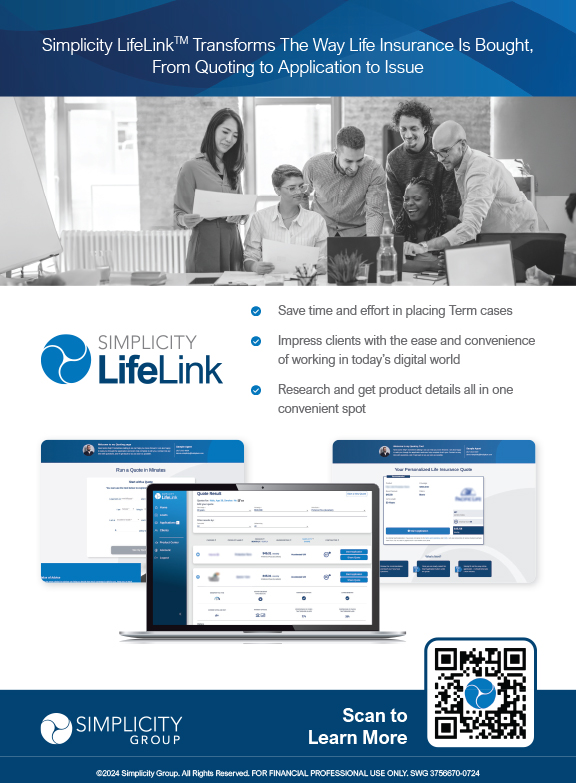

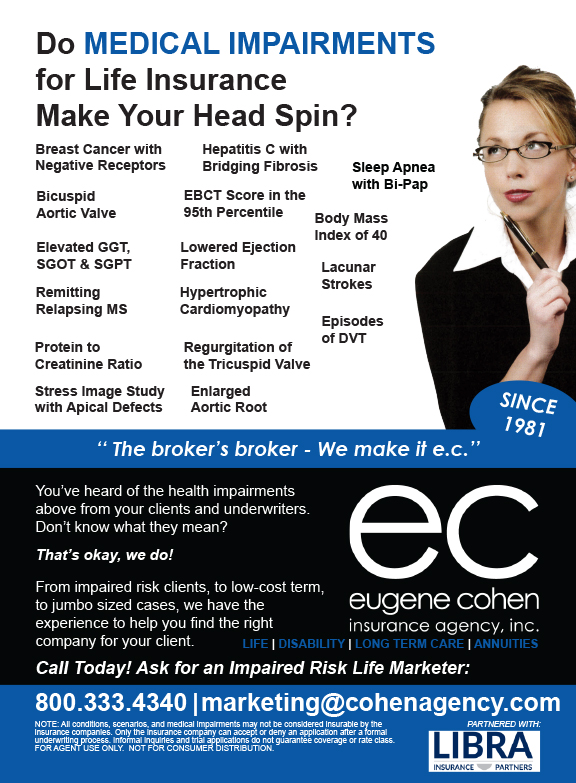




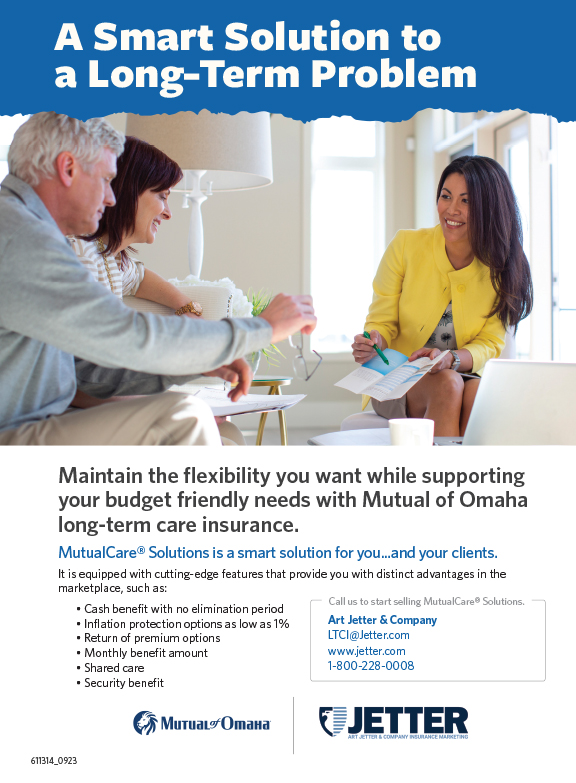

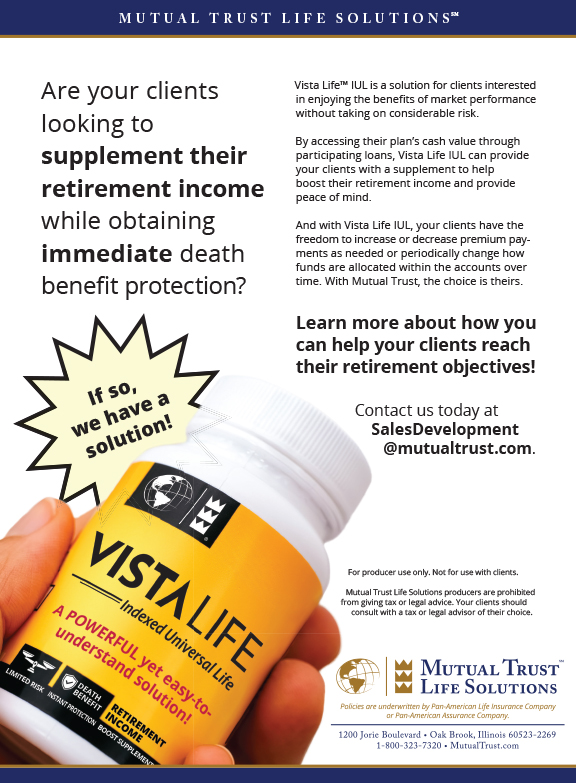




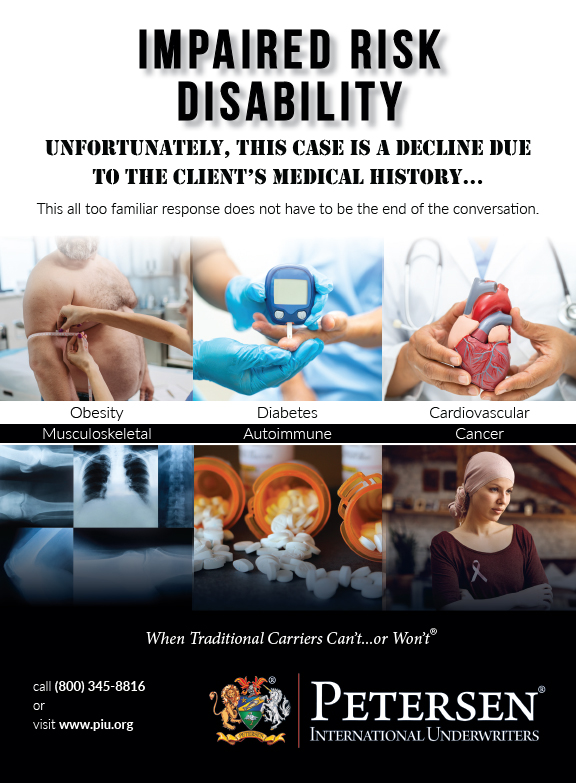
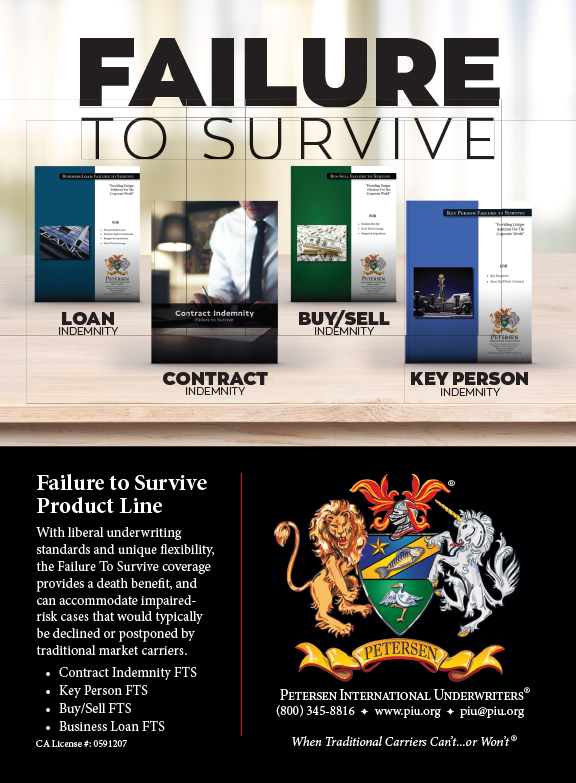
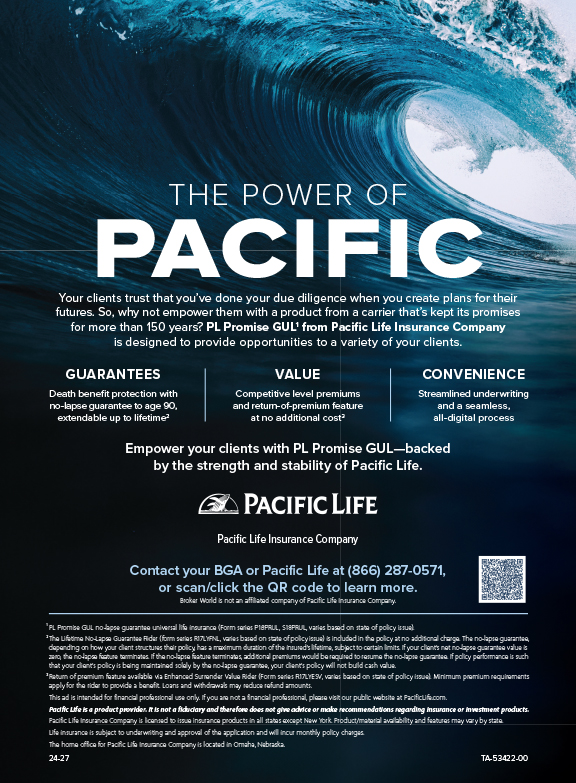


Game Of Inches
In today’s world of online quotes and direct to consumer marketing, it’s important to be at the top of your game at all times. When it comes to individual disability insurance, it’s no different.
We support many national organizations and their financial advisors at our agency. In doing so, we need to be sure we focus on the three essential parts of underwriting: Medical, occupational, and financial underwriting. Not only do we review these areas, but we search for clues that may help us identify when a case has possible upgrades and possible pitfalls.
While we can obtain the basics needed for a quote, the “make it or break it” part really comes down to the ability to identify the cases that need extra clarification and those that need to be moved to a non-traditional product.
Cases that cause challenges for those that are not experts in disability insurance are the cases that do not hold up to the expectations of the consumer. The expectations of the consumer need to be shaped by the financial advisor who, in turn,should be given some basic knowledge of the three major underwriting areas.
For example, the occupational rate class is essential to the pricing of an individual disability insurance policy. Depending on the company, the occupational class is usually assigned a number and/or letter, such as 5A, 4A, 3A, 2A, A, B, with 5A being the top class and B being the lowest rate class. Each company has their own version of the rate class system but, in general, we tend to see anywhere from five to 10 different occupational classes or variations of classes. Each class may have different pricing and different policy features or definitions that may be associated with the corresponding class. If the wrong occupational class is used in an illustration, most likely the rates will be incorrect and/or certain policy features may not be available. Some advisors have a difficult time at policy delivery when a policy is issued other than applied, so getting the occupational class correct is essential for any disability marketing team. In addition, there can be other aspects of a case that can allow an upgraded occupational rate class when normally a lower rate class would need to be used. For example, some companies may have business owner upgrades where, if the size of the company, length of ownership, income, and other factors are within certain guidelines, a better rate class and/or more coverage may be offered to the client. If the internal wholesaler doesn’t recognize that the better rate class can be used, then the illustration may be priced too high or not have as much benefit as could have been quoted. If there is competition on the case, then it’s possible the client can be shown the exact same company but with lower premiums and/or more benefits. Our DI marketers train on occupational class underwriting and are constantly looking for programs that can allow better occupational classes and/or more benefits.
Financial underwriting can also be crucial in illustrating and quoting disability insurance. Our DI team looks for how much current coverage an advisor’s client may have in force, but it’s important to take it even further at times. For example, if someone is an owner of an S-corporation, and has employer-paid group DI, the financial underwriting may be different depending on the percentage of ownership. If the client owns less than two percent then the financial underwriting will be similar to that of an employee, but if the client owns more than two percent the financial underwriting will be based on the non-passive owner income underwriting rules. The issue and participation rules for individual disability companies will vary based on existing group coverage and if the group coverage may be taxable or not taxable. If the wrong assumptions are used, then the illustration may be incorrect. In addition, knowing and understanding the unearned income rules are important as well, as unearned income may be treated differently depending on the company. Our disability marketing team is constantly monitoring these dynamic and ever changing financial underwriting issues. Of course, a client needs to consult with their tax advisor on any issues involving taxes.
On the surface, health underwriting appears to be intuitive, as how different can it really be from life underwriting? We constantly have advisors telling our team that the client was preferred best for life underwriting, so there should be no need to be concerned about the DI health underwriting. In the individual disability insurance world, insurance companies can line item certain conditions and exclude them from coverage. Exclusions are not typical for traditional life insurance or long term care insurance, but for disability insurance it’s a very common occurrence. It’s important to recognize the conditions that can cause these exclusions to occur, such as mental/nervous conditions, prior health issues that were already resolved, chronic health issues, and muscular skeletal issues.
In summary, when quoting disability insurance, we’d recommend that you use a resource that understands the nuances of disability underwriting. In a game of inches, you need to get the first down in order to score.